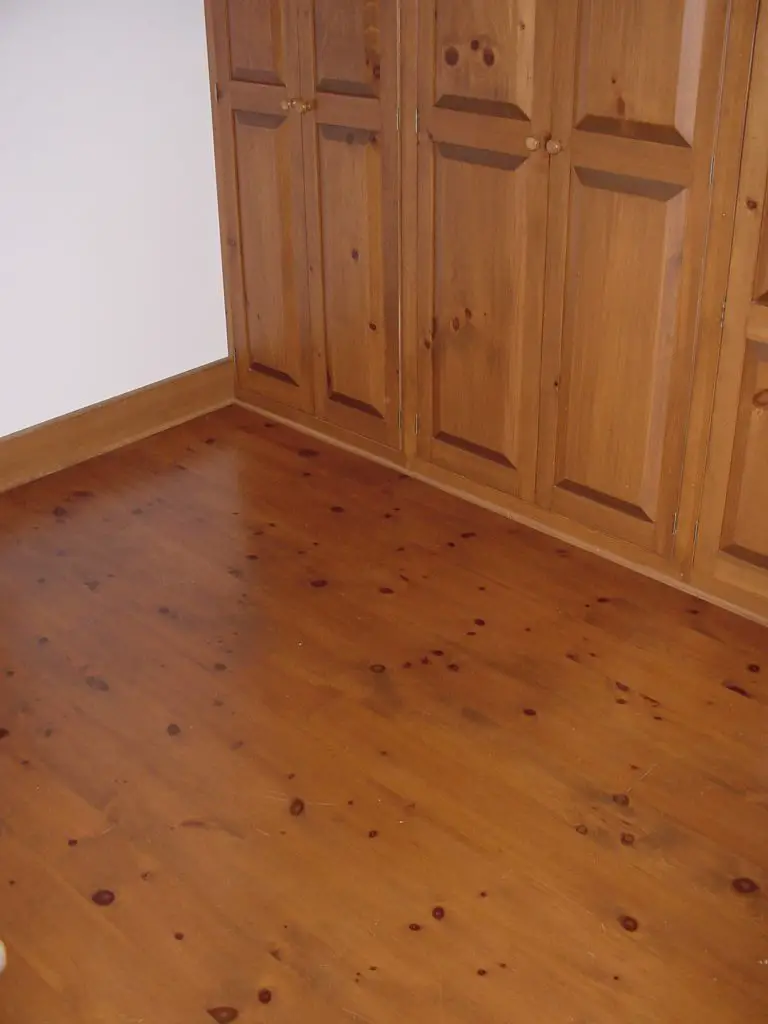Q: Is knotty pine a good option for a finished floor? We’ve read your recommendations on this material, and would love to use it, but we’ve been advised not to. We’re told the wood will probably buckle, crack and split in our cottage. What are your thoughts?
A: It’s amazing how often I hear professional builders recommend against something they’ve never tried before. I’ve installed tongue-and-groove pine flooring on several occasions in different situations, and it’s never misbehaved as you’ve been warned. I’ve also lived on a pine floor since 1990 and all is well. This flooring is beautiful. That’s it below.

As with any wood flooring, you need to do things right when it comes to installation. You’ll need to let the wood stabilize in your home for at least a few weeks before installation, ideally during a dry time of the year when you’re using heat. It may take even longer than a few weeks for stability to set in. Moisture meters are cheap these days, so get one and measure your wood. It needs to have a moisture content of 7% or lower before installation.
Another thing to consider is the softness of pine. It will dent and scratch more than hardwood, but these “flaws” can look quite good if they’re dealt with properly. If you’re staining your floor, keep some stain on hand in a jar to daub onto areas of damage every so often. In time your floor will look a hundred years old, in a good kind of way. Due to knots present in the wood, you’ll also need to expect a little cracking, though this won’t be out of character for knotty pine. This flooring option isn’t for everyone in every situation, but it certainly is a viable possibility. I’ve never met anyone who recommends against softwood finished floors who as ever actually lived with one.